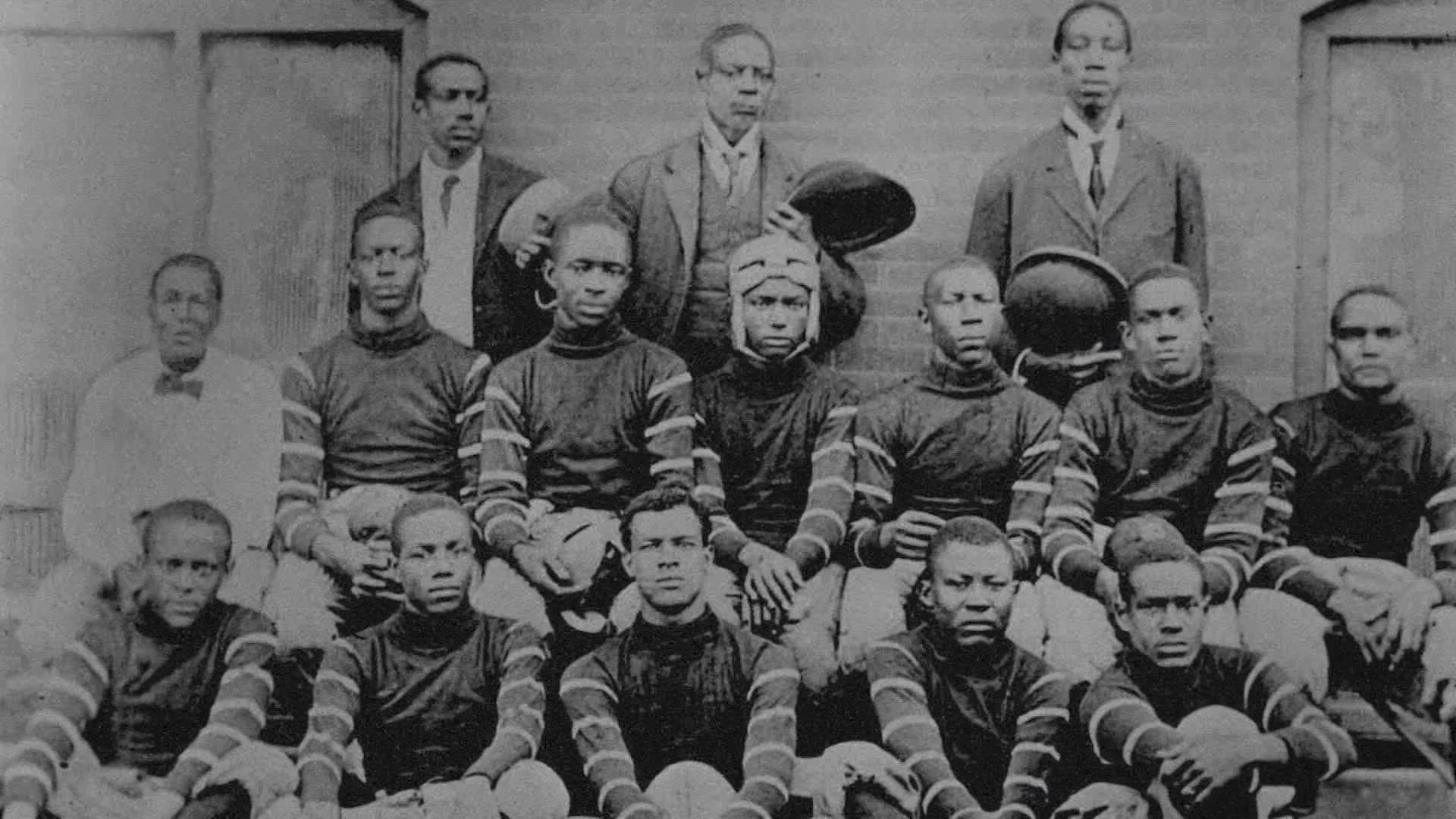HOUSTON — They were Texas high school legends and many became legendary pros.
Otis Taylor from Houston’s Worthing High School won a Super Bowl with the Chiefs. Cliff Branch, another Worthing grad, won three Super Bowls with the Raiders.
Both started their high school careers in the Prairie View Interscholastic League (PVIL). And most played on Thursday nights.
"We would have a big pep rally in the auditorium, everybody is all hyped to go to the ballgame,” said Michael Hurd, author of “Thursday Night Lights: The Story of Black High School Football in Texas.”
Hurd is a Houston native, a sports writer and historian who wrote the story that had never been told.
In 1920, the Colored Teachers State Association of Texas founded the league that provided athletics and academic competitions for Black schools. Because segregation ruled, they were separate and treated unequally.
"They would not only get hand-me-down uniforms and equipment from white schools, but even some of the jock straps. Used jock straps, imagine that!” Hurd said.
Despite fewer resources, there was an abundance of talent.
Rare footage shows Worthing playing Yates High School in 1958 at Third Ward’s Jeppesen Stadium in the Turkey Day Classic on Thanksgiving Day.
"At one time, it was the largest draw for a high school event in the country, 30 to 40,000, standing room only.
It was at Jeppesen where all the Black schools played, where then 15-year-old Karl Douglas got his first start at quarterback for Worthing.
Douglas went on to become a college All-American at then Texas A&I in Kingsville and was drafted by the Baltimore Colts in 1971. Johnny Unitas was the quarterback.
Back then, the league was reluctant to give Black quarterbacks starting jobs, often switching them to running back or receiver.
After Douglas was cut by the Colts in 1972, he played for the Canadian Football League.
He refused to play anything but quarterback.
"My mom and dad always taught me that you are just as good as anybody else, and don't let anybody ever tell you different. I took that to heart."
Rufus Cormier played fullback for Hebert High School in Beaumont and was one of the first Black
"I didn't really give a lot of thought to playing the white schools, we had as much competition as we can stand, among the schools we were playing,” Cormier said.
He was one of the first Black players recruited by SMU in 1966.
Cormier was a good football player, but a better student. He went on to Yale Law School and in 1981 became the first Black law partner at a large Texas firm.
He says football and “the movement” launched him.
"It provided a pathway into the American mainstream, and I am so indebted to the activists who engaged in the civil rights movement."
In 1967, 13 years after the Supreme Court ruled segregation in public schools was unconstitutional, players from the legendary PVIL were starting to integrate.
By 1970, the league where so many dreams were born – and careers made on and off the field – was no more.

